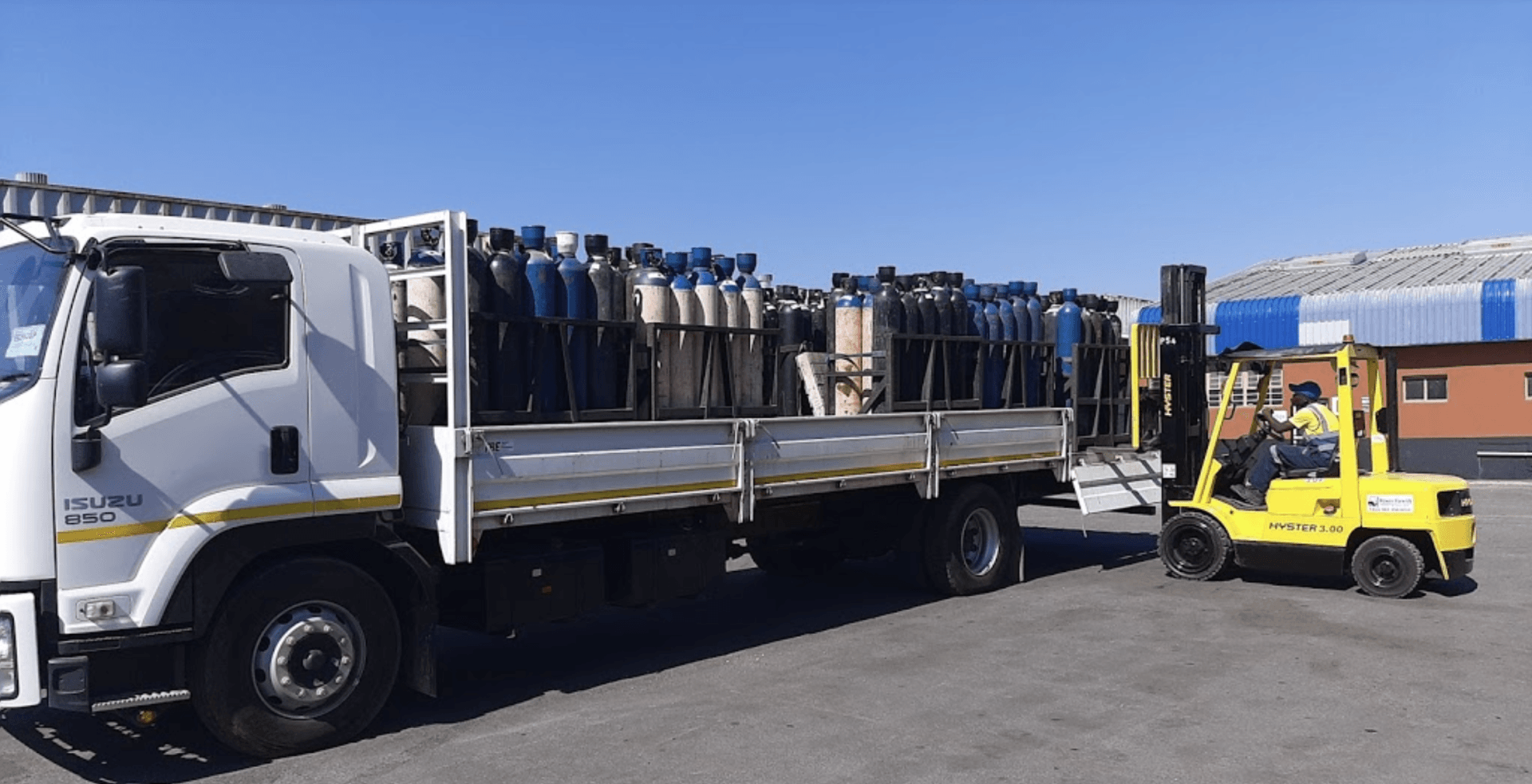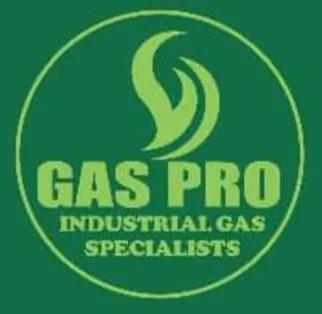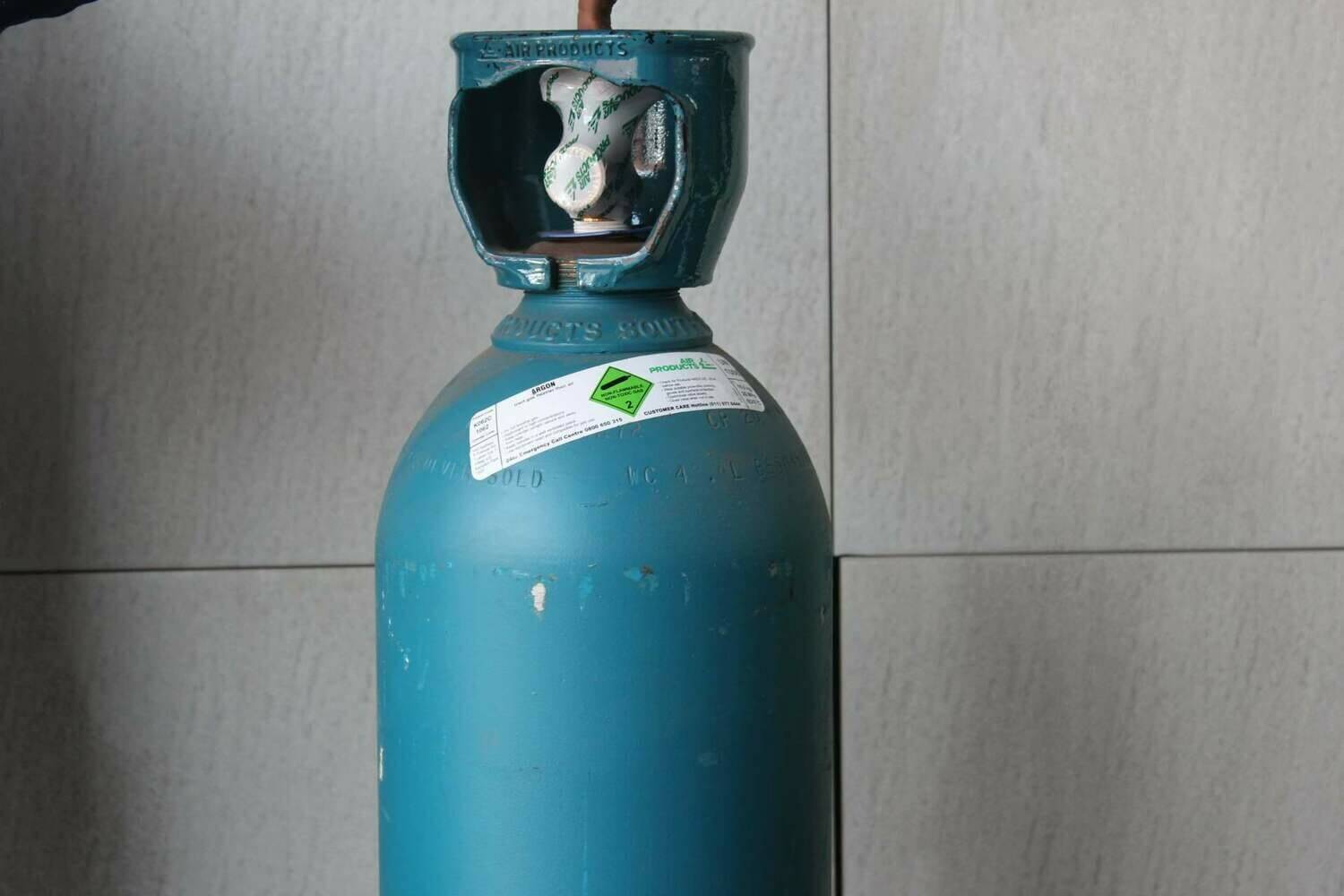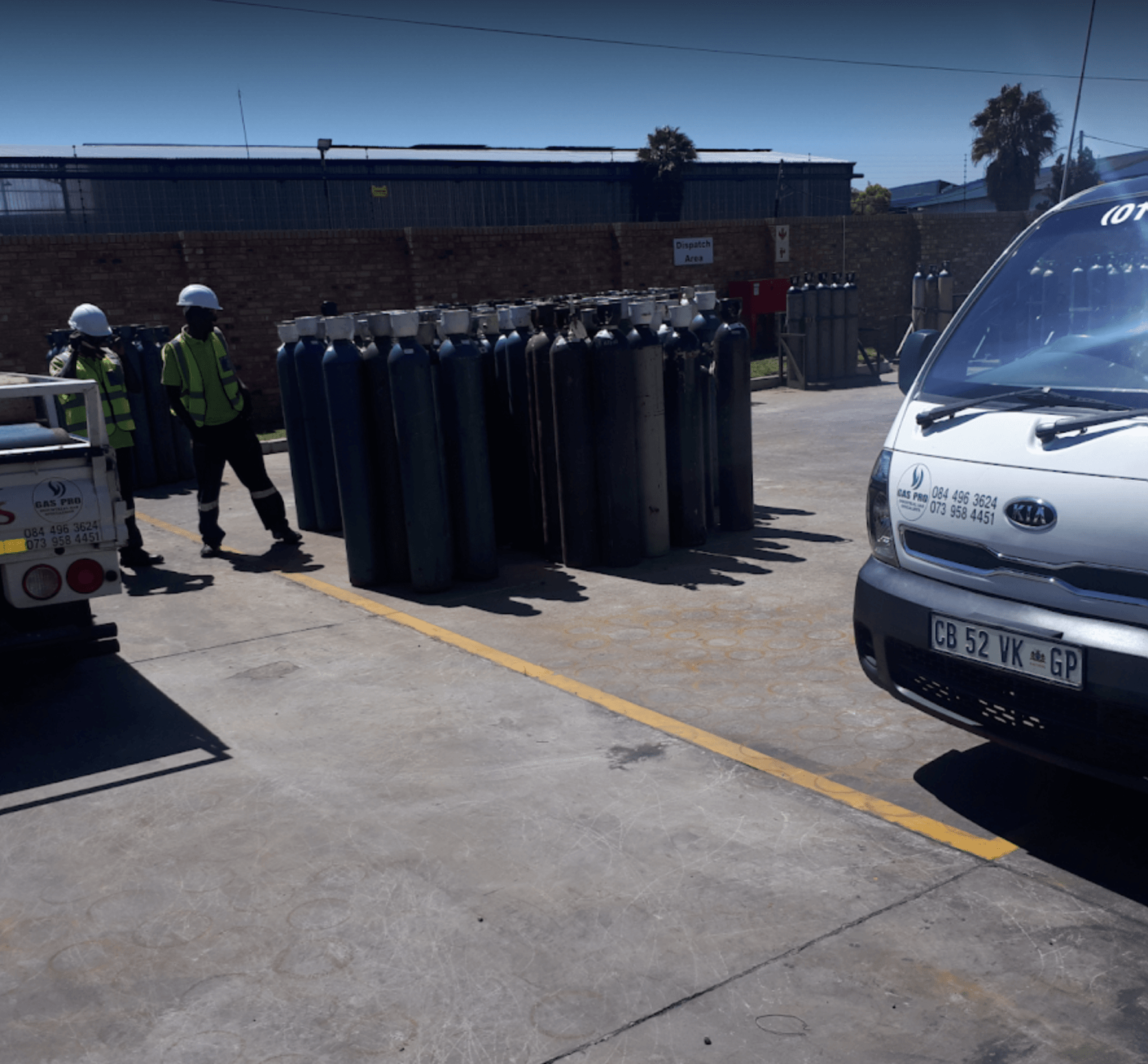LPG Gas
Blam Websites • Mar 03, 2021
What Is LPG Gas And How Is It Produced?
LPG gas
(or liquefied petroleum gas) is a versatile fuel commonly used in homes and businesses.
In summer, you’ll often see people swapping LPG bottles at the local petrol station, getting ready to power up their gas Braai.
LPG is also important for use in industrial, commercial, agricultural, horticultural and manufacturing applications. At home, it can provide us with heating, hot water and power to cook our food, as well as fuel for our cars. It even powers cogeneration plants!

But what is in LPG Gas?
1. ‘LPG’ stands for liquefied petroleum gas
Let’s start with the basics. The common acronym you hear used when referring to bottled gas is LPG. This stands for ‘liquefied petroleum gas’ – so called because when this gas is stored under pressure in a cylinder or tank, it becomes liquid.
When you use LPG gas
for your home and commercial appliances, it’s slowly released from a valve at the top of the bottle as a vapour. As the vapour is released from the cylinder, LPG liquid in the cylinder transforms into gas.
It’s this clever characteristic that allows plenty of energy to be stored in a single container, ready for use for cooking, heating, barbecuing and more.
2. LPG is made during oil refining or natural gas production
LPG is produced during the refining of oil and gas products, or is extracted during the natural gas production process.
Instead of burning off or otherwise destroying this useful by-product, LPG is captured and stored so it can be used as a fuel by homes and businesses alike.
3. LPG is a hydrocarbon gas
LPG belongs to a category of fuels known as hydrocarbon gases. And here’s the interesting part – LPG isn’t one single gas, but a mixture of several of them. The common factor amongst all LPG gases is their ability to be compressed into liquid at relatively low pressures.
4. LPG can be propane, butane or more
So, what are the different types of hydrocarbon gas that fall into the liquefied petroleum gas category? The two most common types of LPG are propane (C3H8) and butane (C4H10).
There are also two types of butane – ‘n’ and ‘iso’.
Other hydrocarbon gases which are classified as LPG include propylene, ethylene, butylene and isobutylene. LPG gas mixtures can also contain very small amounts of ethane and methane.
5. LPG vapour is heavier than air
When LPG vapour leaks from its cylinder or tank, it can accumulate at ground level. That’s because its molecular weight is heavier than air, causing it to sink.
6. LPG can expand and contract
Another feature of LPG is that, like all liquids and gases, it expands with increases in temperature.
A hot day will result in the LPG pressure inside a container increasing. To cater for these characteristics, there are Australian standards that set maximum fill levels for cylinders and tanks to ensure the liquid has spare room inside its container to safely expand.
That’s why a gas bottle will never be filled to the full capacity it’s able to hold.
7. LPG cylinders and gas bottles are specially built
LPG cylinders are designed and manufactured specifically to contain pressurised gas.
They’re fitted with safety relief valves to vent the excess pressure which will occur if the container is overfilled, or exposed to extreme heat such as a fire.
Gas bottles must be stored upright to ensure that the safety relief valve is at the top of the cylinder, and so that vapour rather than liquid is released if the valve leaks or vents.
Gas cylinders are also regulated by standards which relate to their manufacture, use and testing. The materials used, and the standards that apply, are all intended to ensure a high level of safety.
8. LPG gas
can have a yellow flame or blue flame
As a flammable gas, LPG gas burns when mixed with the right quantities of air and an ignition source. It’s this feature which makes it so handy for cooking and heating – and potentially dangerous if there is a leak.
A handy tip to note is that the colour of your LPG flame is a good indicator of how well your burner is working. A blue-tipped flame is ideal, and tells you there’s enough oxygen for complete combustion – and that means no wasted gas or harmful carbon monoxide.
However, if your LPG flame is yellow, red or there are sooty black tips, it’s a sign of incomplete combustion. This can be a serious safety hazard, so it’s important to get your appliance and burners serviced as soon possible.
9. LPG in its natural state has no odour
Contrary to what you might expect, LPG in its natural state has no odour or colour. An odourant called ethyl mercaptan is added to LPG so that if there’s any leaks, you’ll be able to spot that distinctive gas smell. It’s all in the name of using gas safely.
10. LPG is not natural gas
Finally, it’s important to distinguish between LPG and natural gas.
Many people mistakenly think that LPG and natural gas
are interchangeable – but in fact, they have different chemical make ups, with natural gas composed predominantly of methane.
They also have different densities and pressures, and require different amounts of air for complete combustion, so you can’t substitute one for the other.
© 2024
All Rights Reserved | Gas Pro | Privacy Policy
Website developed by WEBSHURE


